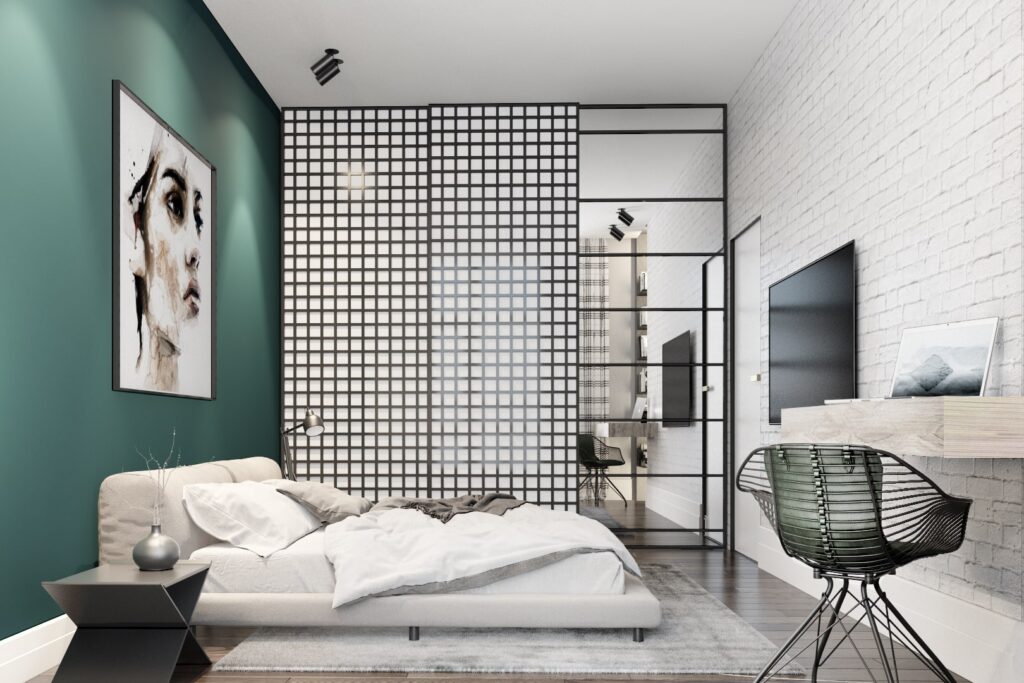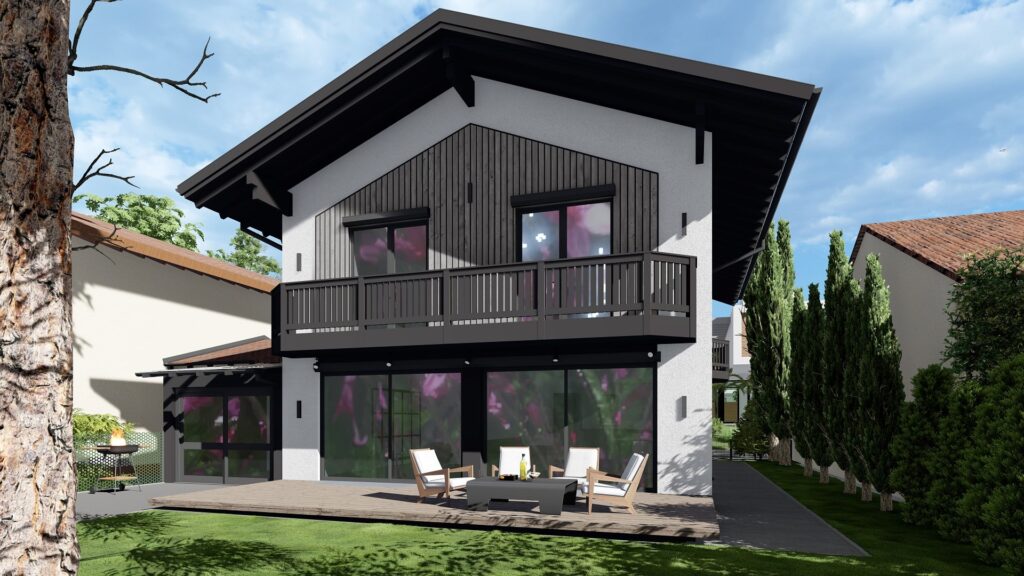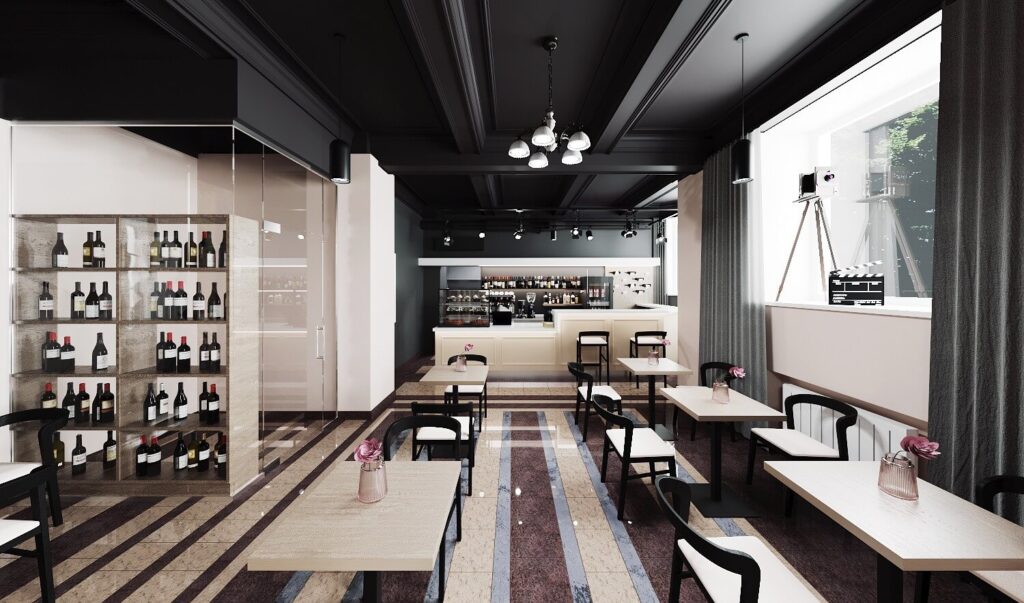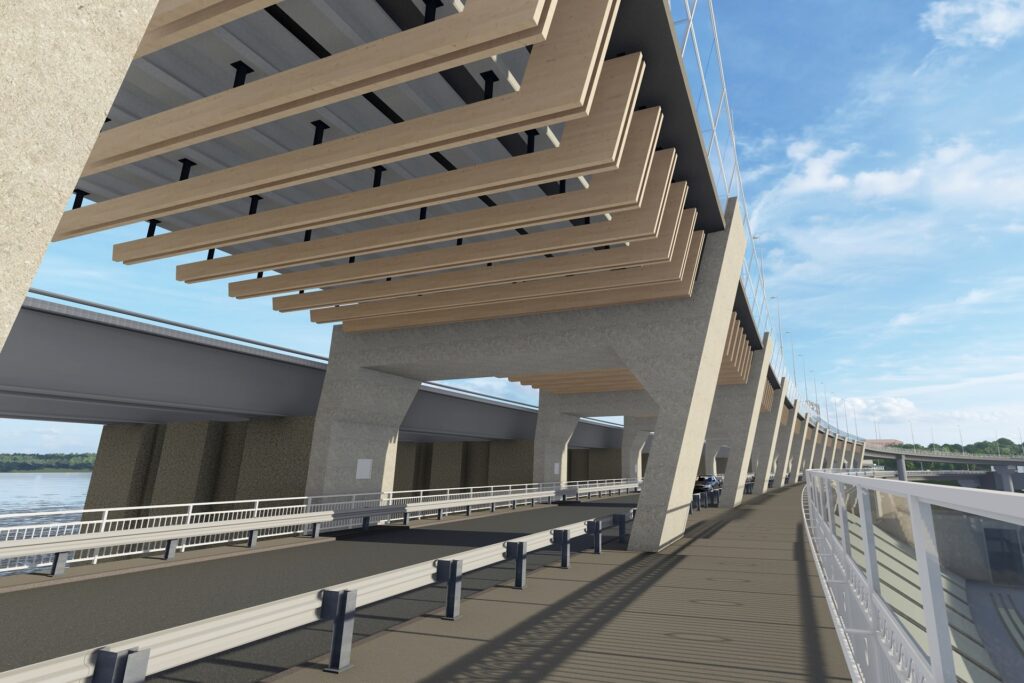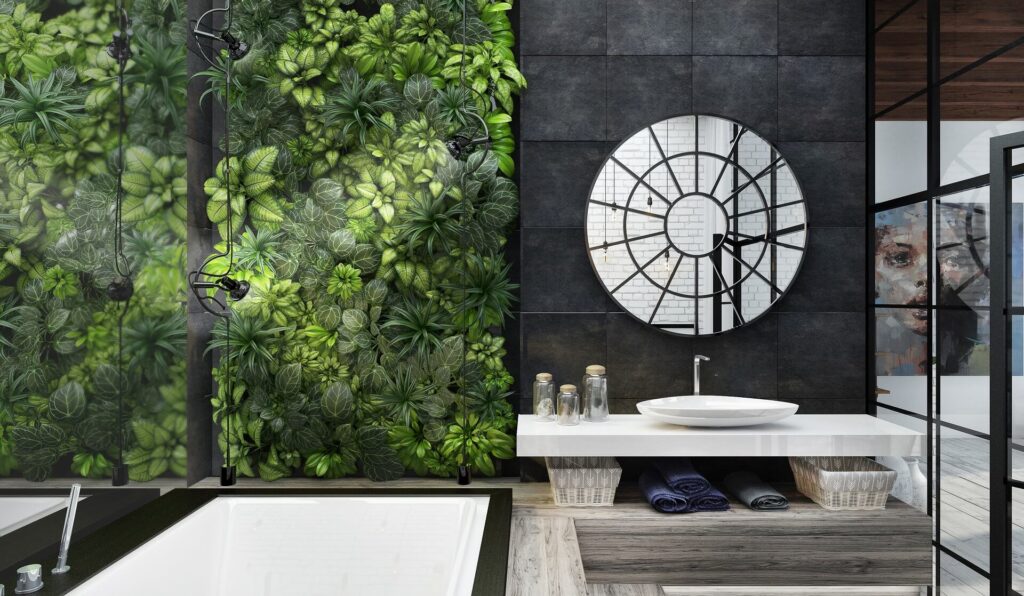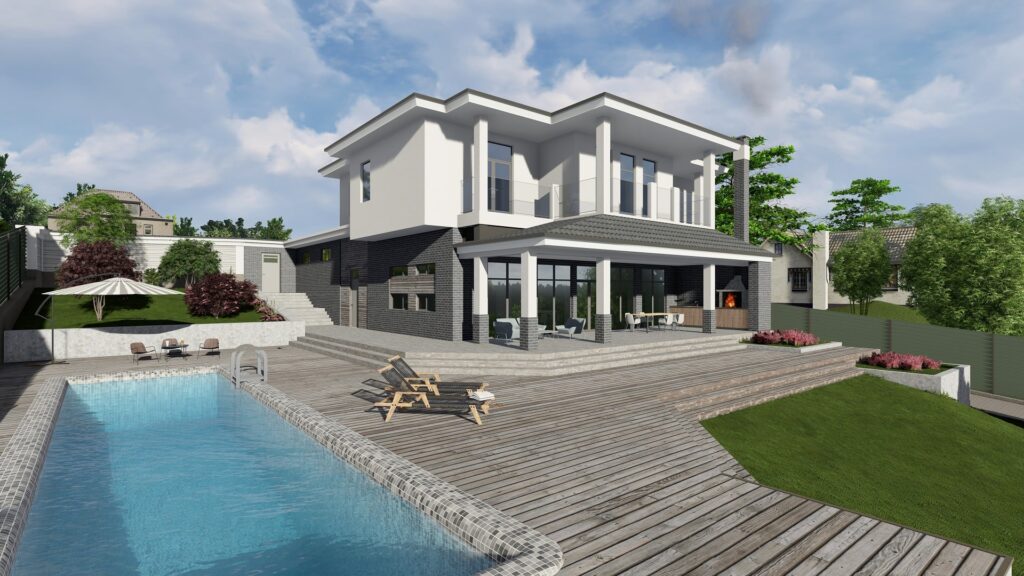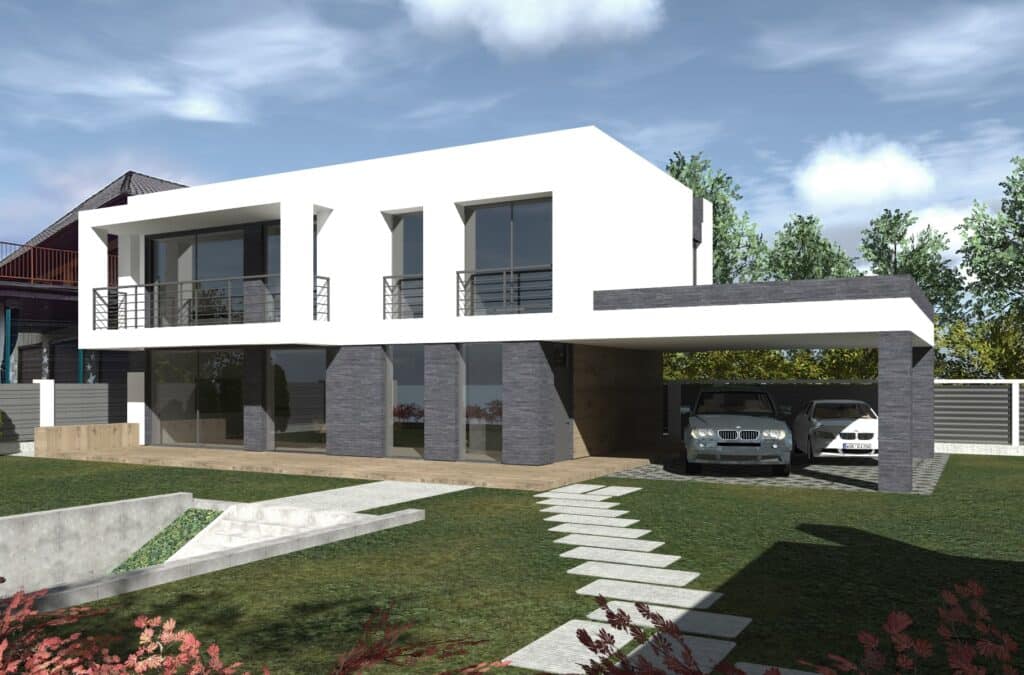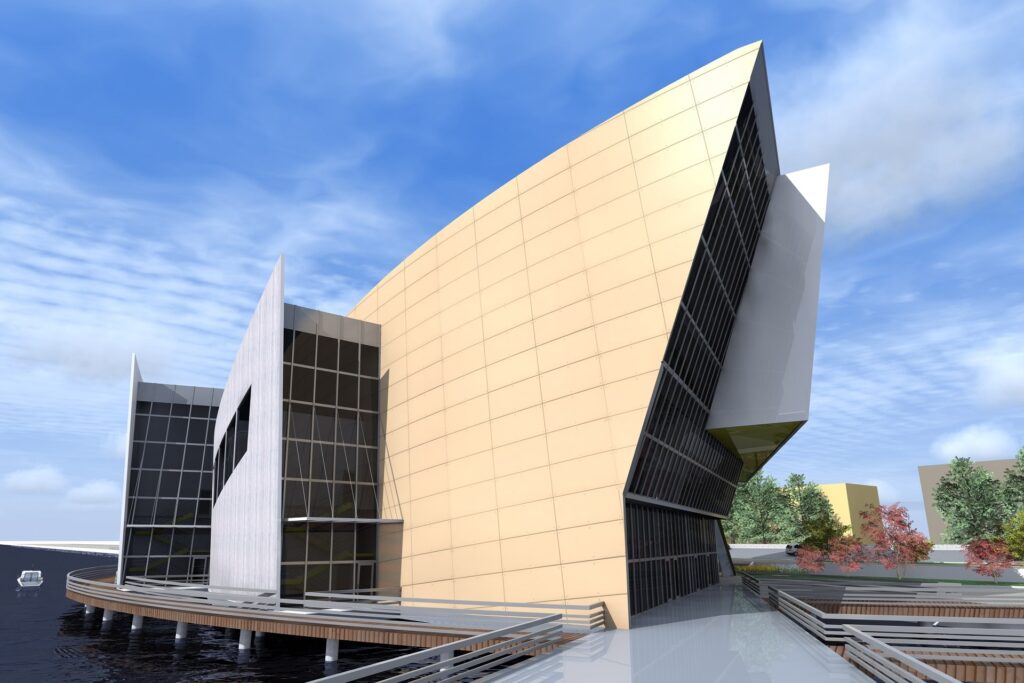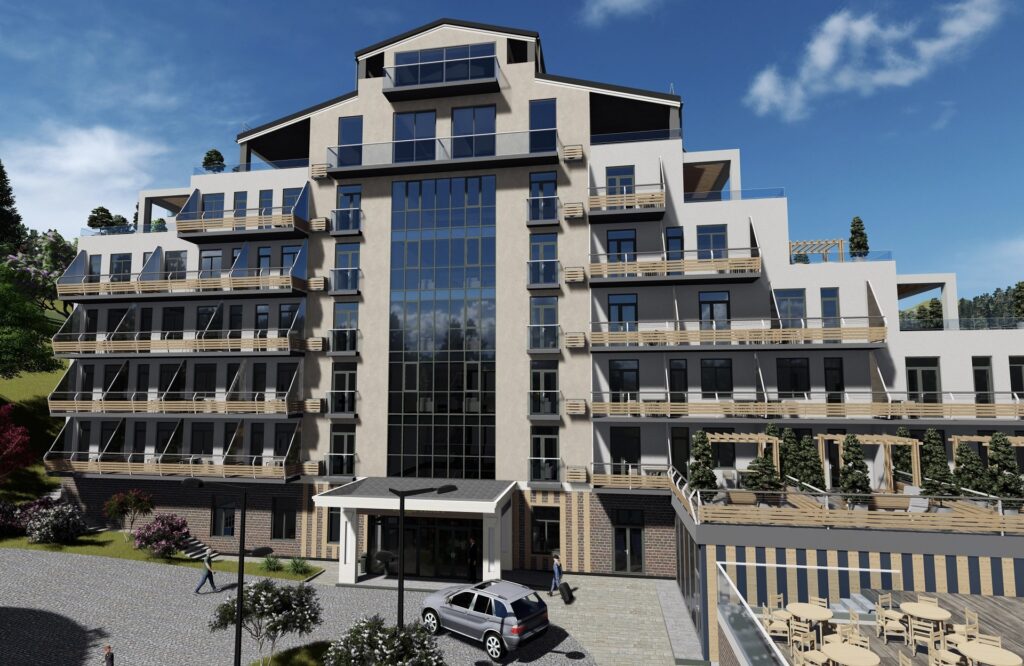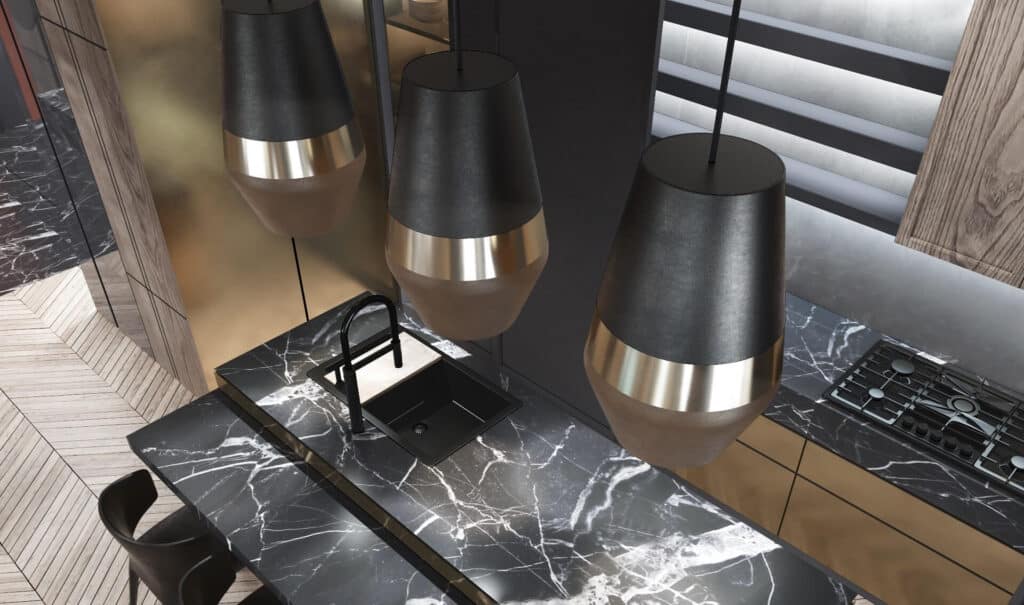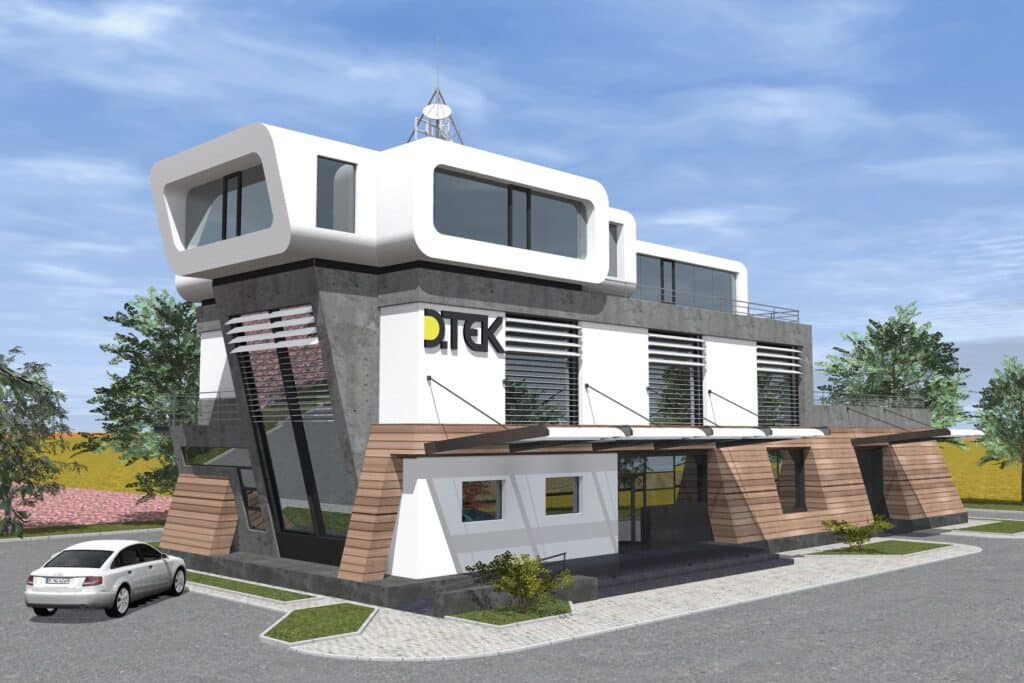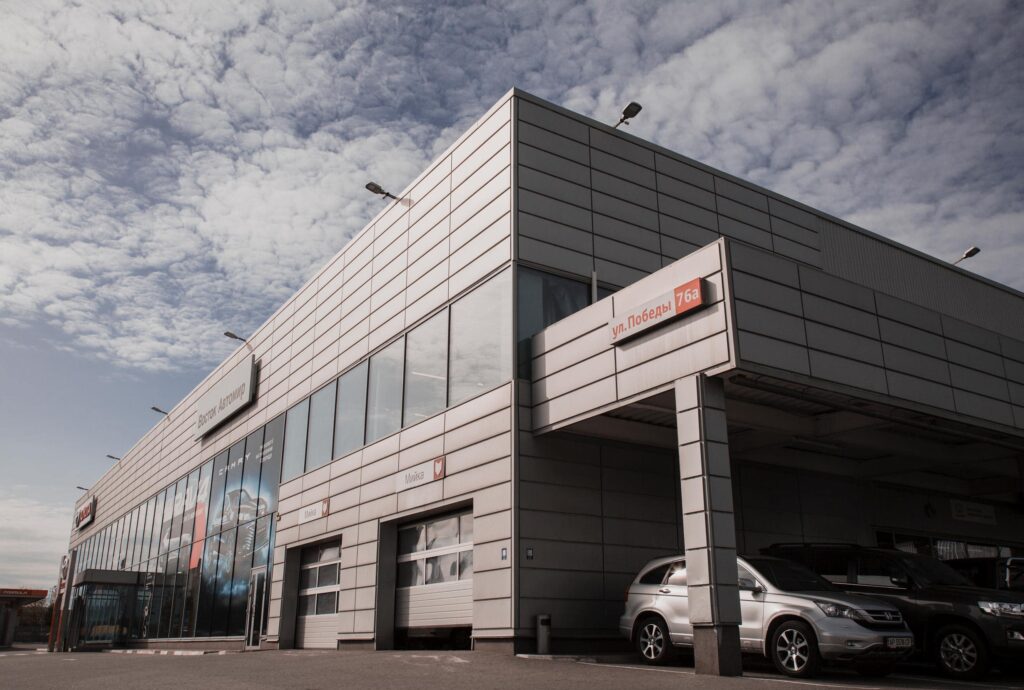Modern Architectural Solutions in Infrastructure
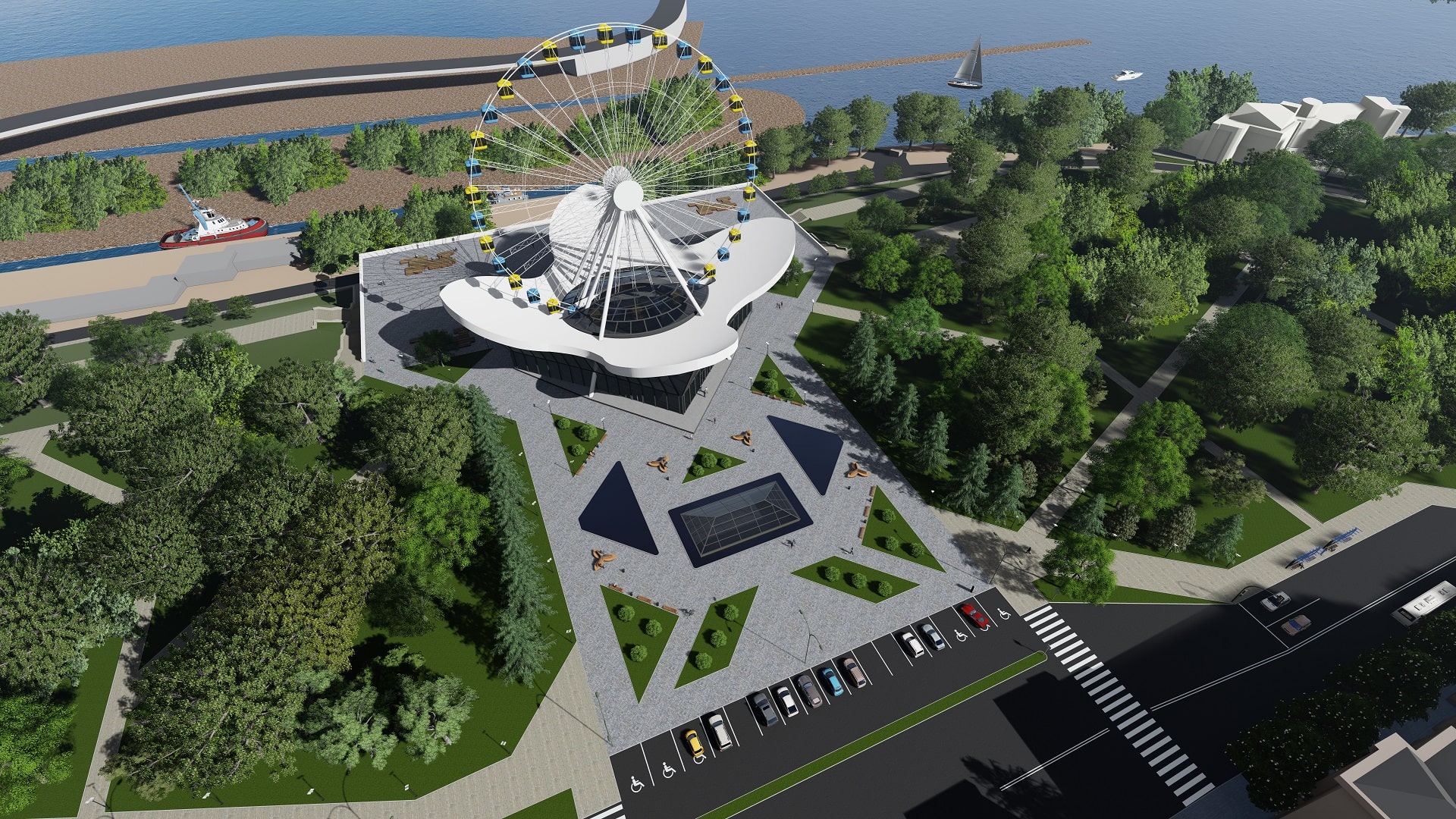
In today’s rapidly evolving world, the demand for efficient, sustainable, and innovative infrastructure has never been greater. As urbanization accelerates and technology advances, architectural solutions in infrastructure have become more than just functional. They now embody creativity, environmental responsibility, and societal progress. This article explores the most prominent modern architectural solutions that are transforming infrastructure design and construction worldwide.
Smart Infrastructure: The Integration of Technology
One of the most significant trends in modern infrastructure is the integration of smart technologies. Smart infrastructure incorporates sensors, data analytics, and artificial intelligence (AI) to optimize functionality and efficiency.
- Smart Cities: Cities like Singapore and Dubai are leading examples of smart urban planning. They employ Internet of Things (IoT) devices to monitor traffic flow, energy usage, and public safety in real time. Smart street lighting, automated waste management, and intelligent traffic systems reduce operational costs and enhance quality of life.
- Digital Twins: A digital twin is a virtual replica of a physical structure or system. Architects and engineers use digital twins to simulate and test designs before construction, minimizing errors and ensuring optimal performance. For instance, London’s Heathrow Airport uses a digital twin to monitor operations and predict maintenance needs.
Sustainable and Green Infrastructure
Sustainability is no longer optional in architecture. Governments and organizations prioritize designs that minimize environmental impact, reduce carbon footprints, and promote ecological balance.
- Green Roofs and Living Walls: Incorporating greenery into infrastructure serves dual purposes. It enhances aesthetic appeal while improving air quality and insulation. Examples include the Bosco Verticale in Milan and the ACROS Fukuoka building in Japan.
- Renewable Energy Integration: Solar panels, wind turbines, and geothermal systems are increasingly part of infrastructure projects. Bridges like the Solar Wind Bridge in Italy and the Samuel Beckett Bridge in Dublin integrate renewable energy solutions into their designs.
- Water Management Systems: Modern infrastructure often includes innovative water management systems to combat flooding and water scarcity. Projects like the Water Square in Rotterdam use architectural creativity to address urban water challenges effectively.
Modular and Prefabricated Construction
Prefabrication and modular construction are revolutionizing infrastructure projects by reducing construction time, waste, and costs.
- Speed and Efficiency: Modular construction involves creating building components off-site in a controlled environment. These components are then transported and assembled on-site. The process minimizes disruptions and accelerates project timelines.
- Scalability: Prefabricated solutions allow for scalability in urban infrastructure, making them ideal for housing, schools, and healthcare facilities. For instance, the world’s tallest modular building, 461 Dean in New York City, showcases the potential of modular construction for large-scale urban projects.
- Eco-Friendly Designs: The controlled environment of prefabrication reduces material wastage and allows for the incorporation of sustainable practices, such as using recycled materials and energy-efficient designs.
Adaptive Reuse of Infrastructure
Adaptive reuse involves repurposing existing structures for new uses, preserving historical and cultural elements while addressing modern needs.
- Urban Renewal Projects: Examples include the High Line in New York City, a former railway line transformed into an elevated urban park, and the Zeitz MOCAA in Cape Town, a former grain silo repurposed as a contemporary art museum.
- Cost-Effectiveness: Adaptive reuse often costs less than new construction while reducing waste and preserving valuable resources. It also revitalizes communities by breathing new life into underutilized spaces.
- Cultural Significance: By maintaining the historical essence of buildings, adaptive reuse fosters a sense of identity and continuity in rapidly modernizing cities.
Resilient and Disaster-Proof Designs
With the increasing frequency of natural disasters, resilient architecture has become a cornerstone of modern infrastructure.
- Earthquake-Resistant Structures: Advanced engineering techniques, such as base isolation and damping systems, are used to design earthquake-resistant buildings. Tokyo Skytree, the tallest structure in Japan, is an example of a resilient design.
- Flood-Resilient Architecture: Floating houses, such as those in the Netherlands, and elevated urban infrastructure are being designed to withstand rising sea levels and flooding.
- Climate-Adaptive Materials: Innovative materials, such as self-healing concrete and phase-change materials, enhance the durability and adaptability of infrastructure in the face of extreme weather conditions.
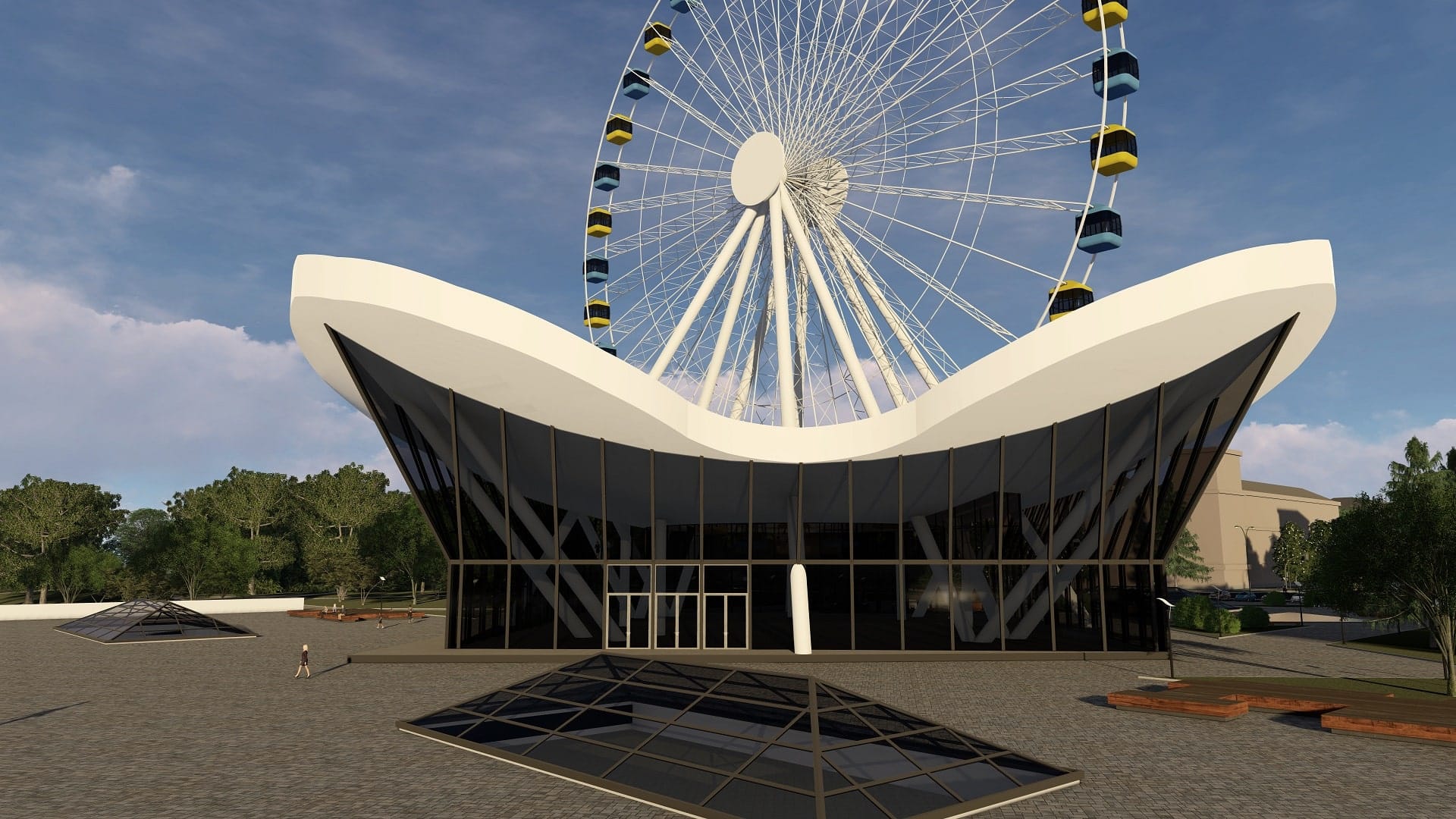
Multi-Use and Mixed-Use Developments
Modern infrastructure is increasingly designed to serve multiple purposes, maximizing space and functionality.
- Integrated Spaces: Mixed-use developments combine residential, commercial, and recreational spaces into a single cohesive design. Projects like Hudson Yards in New York City illustrate this trend, blending office spaces, retail outlets, and residential units seamlessly.
- Transportation Hubs: Multi-use transportation hubs, such as the Chhatrapati Shivaji Maharaj Terminus in Mumbai, integrate train stations, shopping malls, and public spaces to enhance convenience and connectivity.
Aesthetic and Iconic Designs
Modern infrastructure often goes beyond functionality to create architectural landmarks that symbolize cultural and technological achievements.
- Bridges as Landmarks: Structures like the Millau Viaduct in France and the Sheikh Zayed Bridge in Abu Dhabi are celebrated for their innovative engineering and striking aesthetics.
- Sculptural Architecture: Architects now incorporate art into infrastructure. Examples include the Guggenheim Museum Bilbao and the Beijing National Stadium, known as the Bird’s Nest.
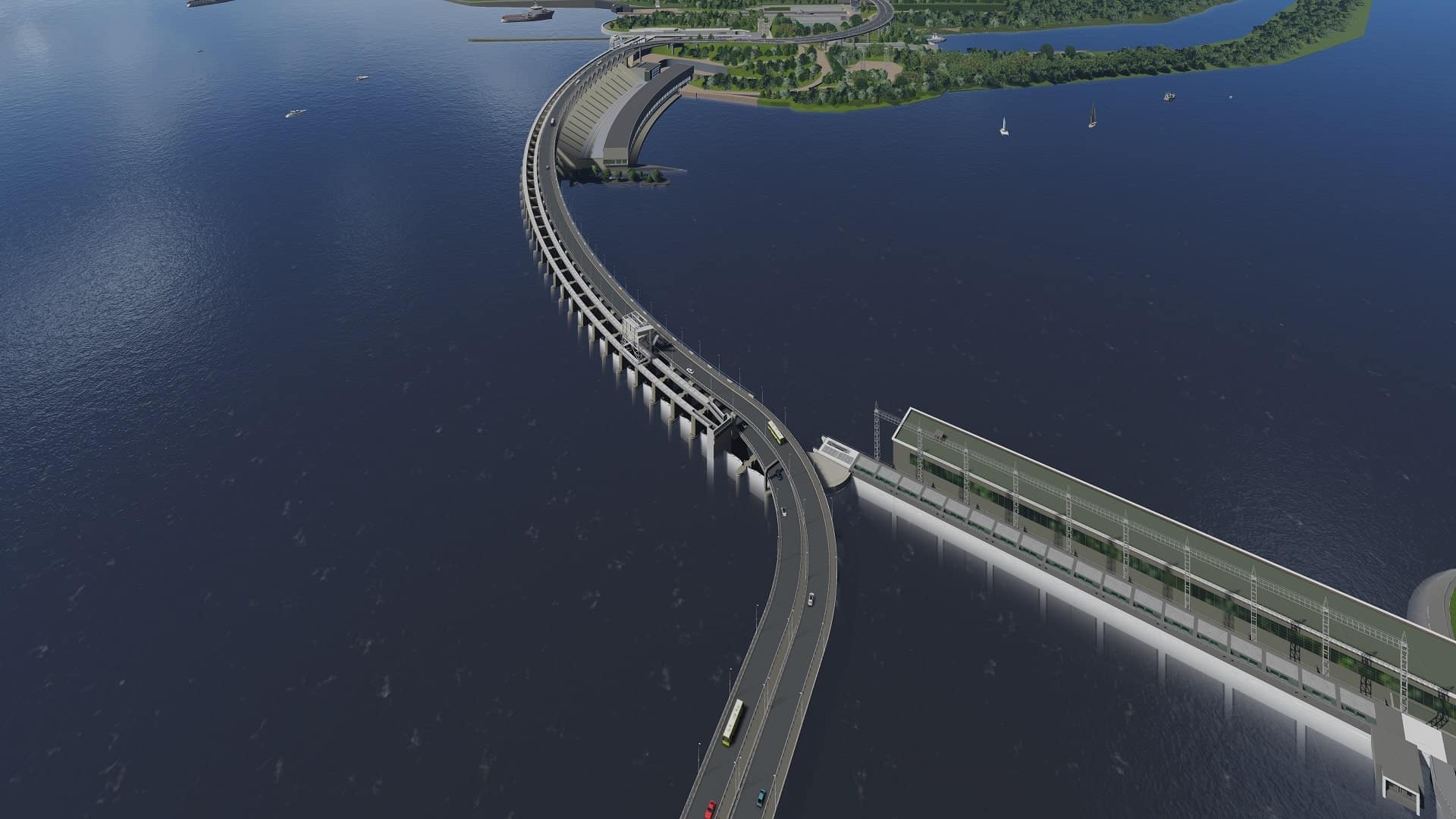
Community-Centric Infrastructure
Modern architectural solutions emphasize community involvement and social impact.
- Inclusive Design: Projects prioritize accessibility for all, including the elderly and disabled. Designs often feature ramps, tactile paving, and audio guidance systems to ensure inclusivity.
- Public Spaces: Parks, plazas, and pedestrian zones are integrated into urban infrastructure to promote community interaction and well-being. The Chicago Riverwalk is an excellent example of revitalized public space in an urban setting.
Futuristic Concepts: The Vision of Tomorrow
The future of infrastructure lies in ambitious and futuristic designs that challenge the boundaries of possibility.
- Hyperloop Transportation: High-speed transportation systems like Elon Musk’s Hyperloop promise to revolutionize travel by connecting cities in record time.
- Vertical Cities: With urban land becoming scarce, vertical cities like the proposed Saudi project, «The Line,» aim to house entire communities in towering, sustainable structures.
- Space Infrastructure: As humanity looks beyond Earth, architects are beginning to design infrastructure for space exploration, such as habitats on Mars and lunar bases.
Conclusion
Modern architectural solutions in infrastructure are a blend of innovation, sustainability, and adaptability. From smart technologies to resilient designs, these advancements address contemporary challenges while preparing for the future. As cities grow and environmental concerns intensify, the role of architecture in creating functional, beautiful, and sustainable infrastructure will continue to expand, shaping the world for generations to come.

